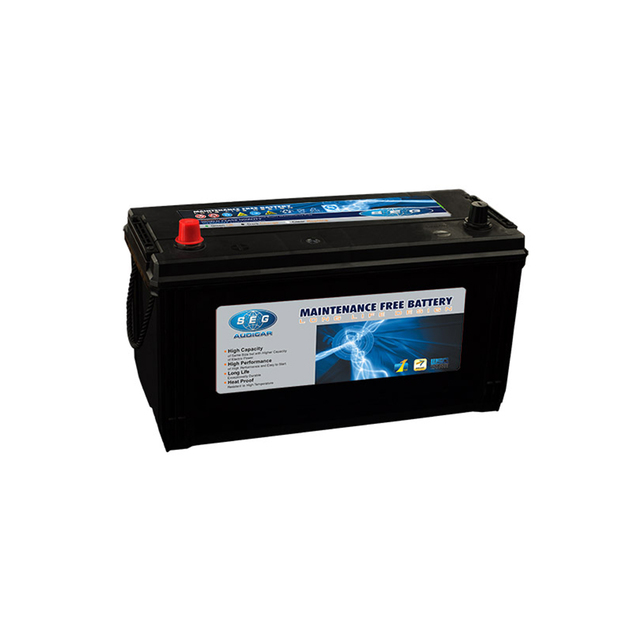Learn the working principle of the battery
The storage battery is a kind of installation that directly converts chemical energy into electrical energy. It is a rechargeable battery, which is recharged after reversible chemical reaction. It usually refers to lead acid storage battery. It is one of the batteries and belongs to the secondary battery. Its working principle: when charging, the external electric energy is used to regenerate the internal active substances, and the electric energy is stored as chemical energy.

When discharge is required, chemical energy is converted into electrical energy output again, such as cell phone batteries commonly used in life. It uses lead substrate grid filled with spongy lead (also called lattice) as the negative electrode, lead substrate grid filled with lead dioxide as the positive electrode, and dilute sulfuric acid with a density of 1.26-1.33g/mlg/ml as the electrolyte. When the battery is discharged, the metal lead is the negative electrode, which generates lead sulfate due to oxidation reaction.
Lead dioxide is the positive electrode, which recovers the reaction and generates lead sulfate. When the battery is charged with direct current, the two poles generate simple lead and lead dioxide respectively. After removing the power supply, it returns to the state before discharge and forms a chemical battery. The lead battery can be recharged and discharged repeatedly. Its single voltage is 2V. The battery is a battery pack composed of one or more single cells, which is called battery for short. The common battery is 6V. Other batteries are 2V, 4V, 8V and 24V.
For example, the battery (commonly known as battery) used in automobiles is a 12V battery pack composed of six lead batteries in series. Battery diagram Battery diagram For traditional dry charged lead batteries (such as automobile dry charged batteries, motorcycle dry charged batteries, etc.), distilled water should be added after a period of use to keep the density of dilute sulfuric acid electrolyte at about 1.28g/ml; For maintenance free batteries, distilled water is no longer required until the end of their service life.

 QQ
QQ